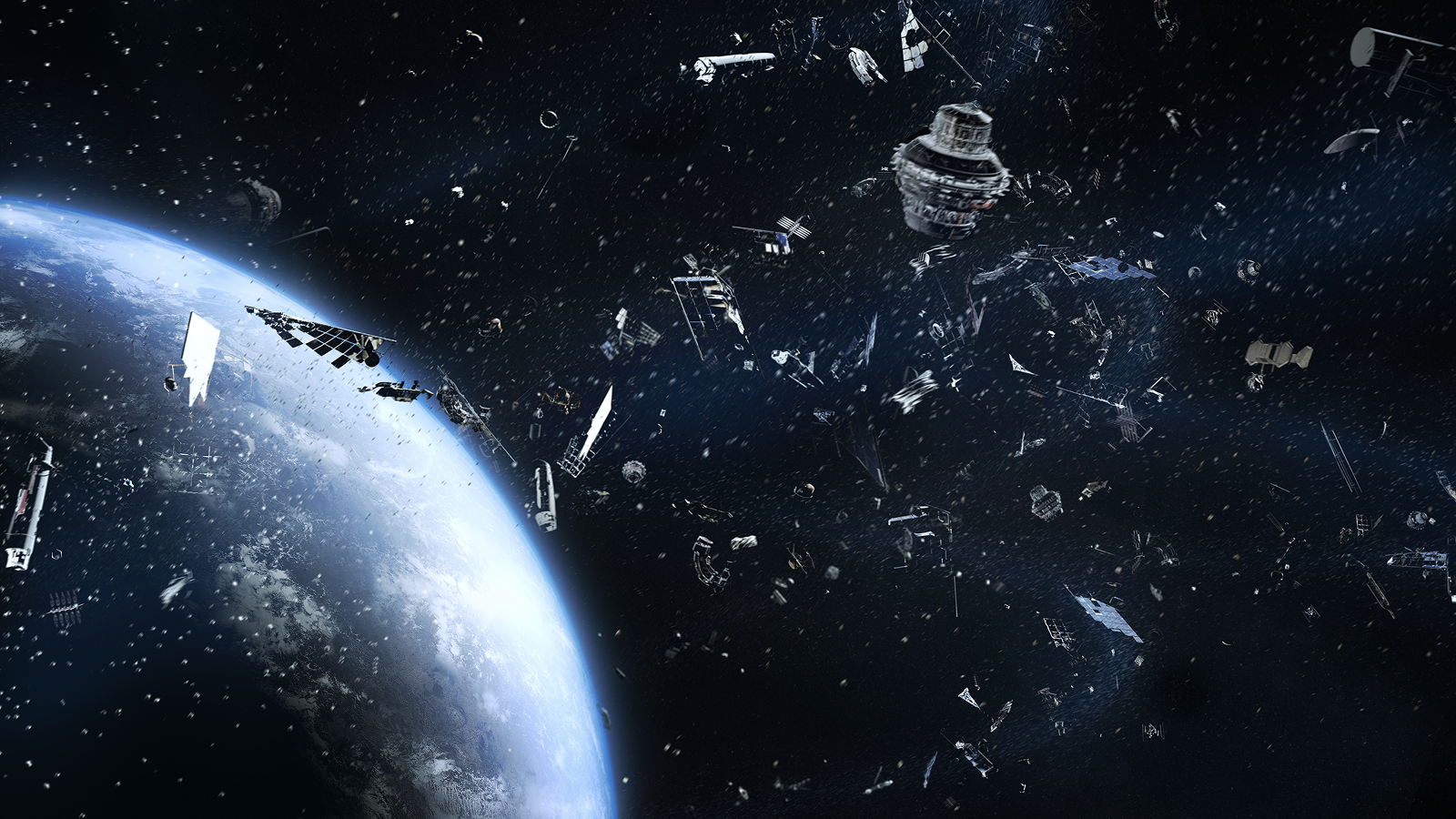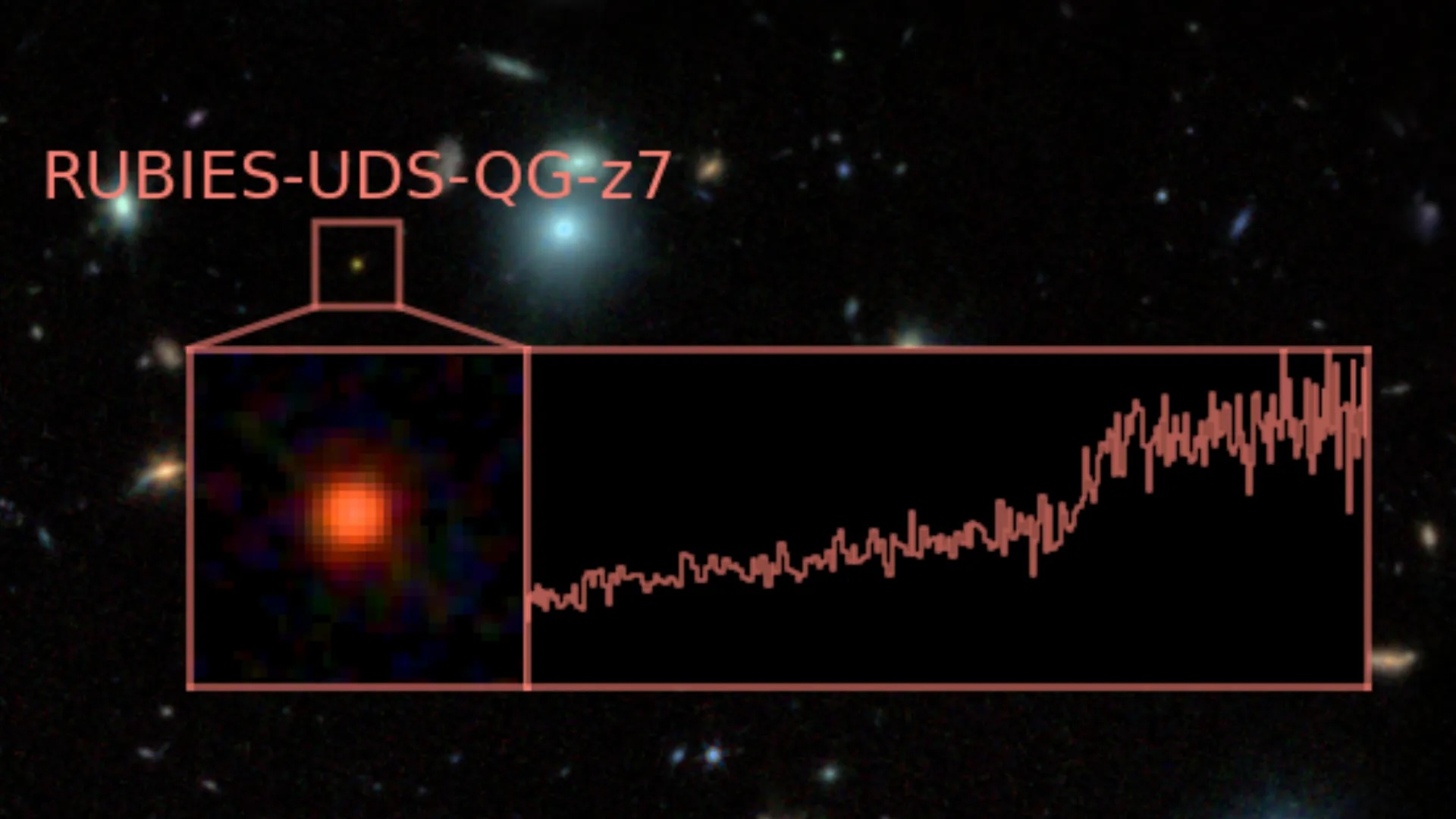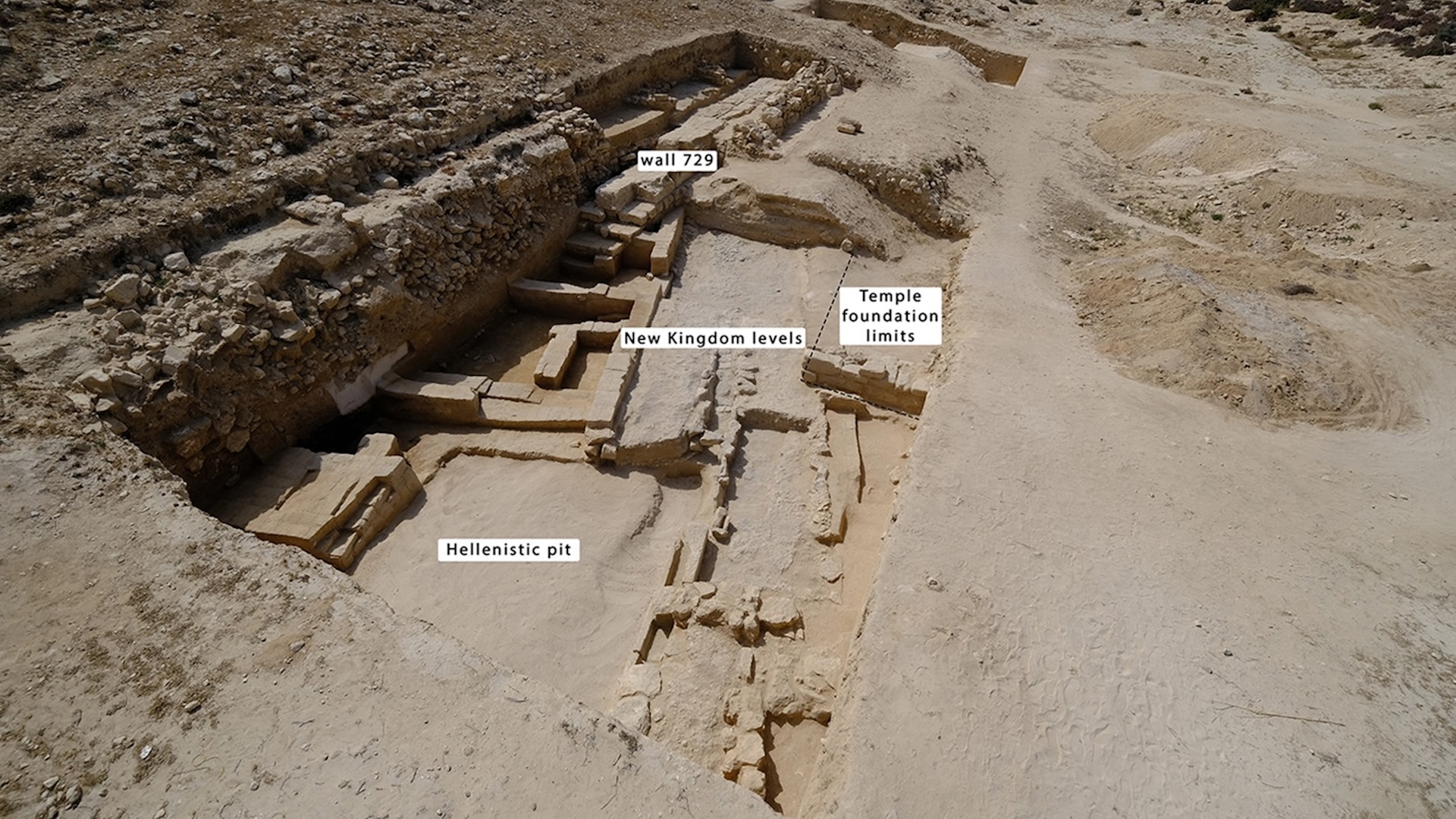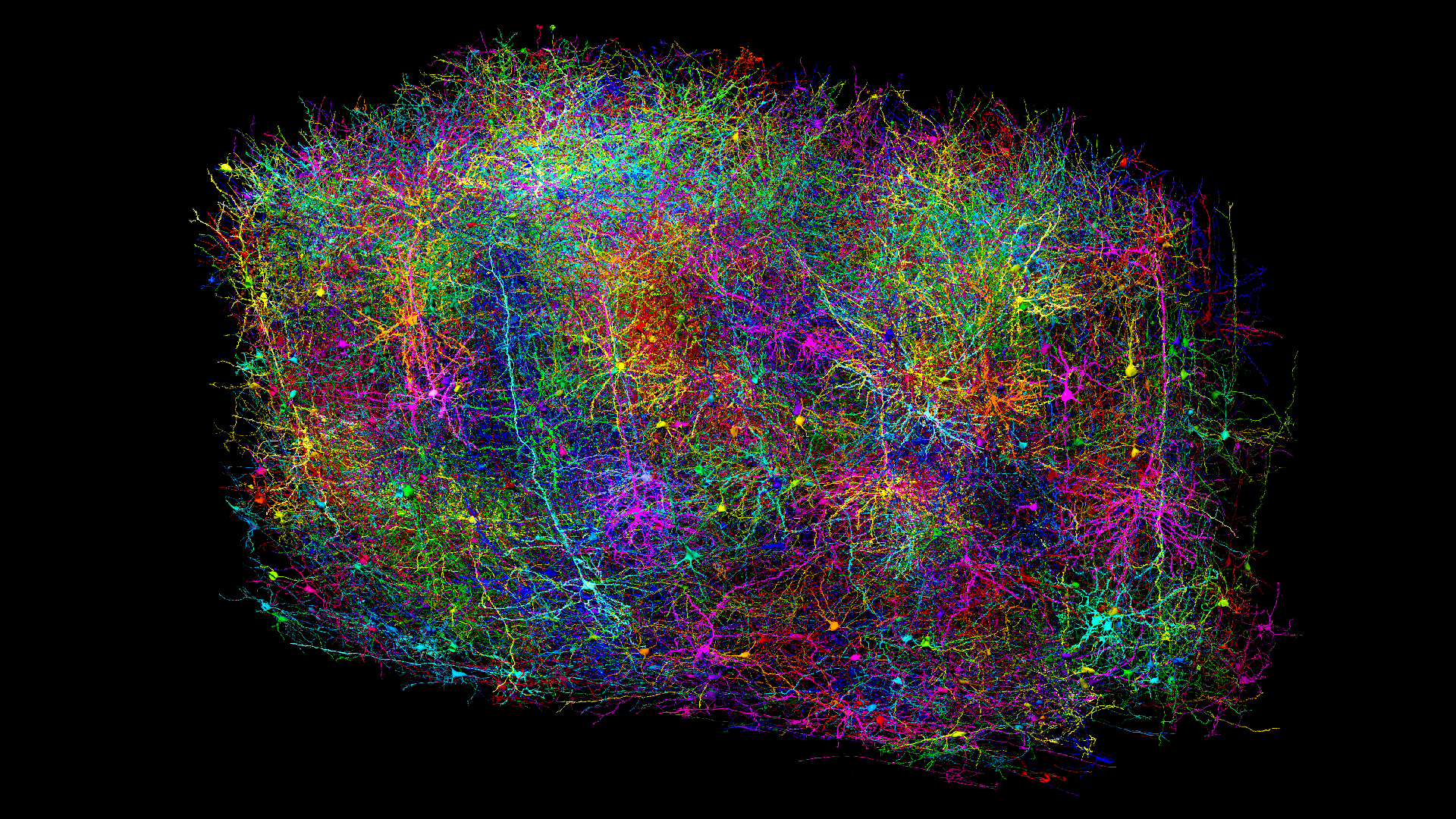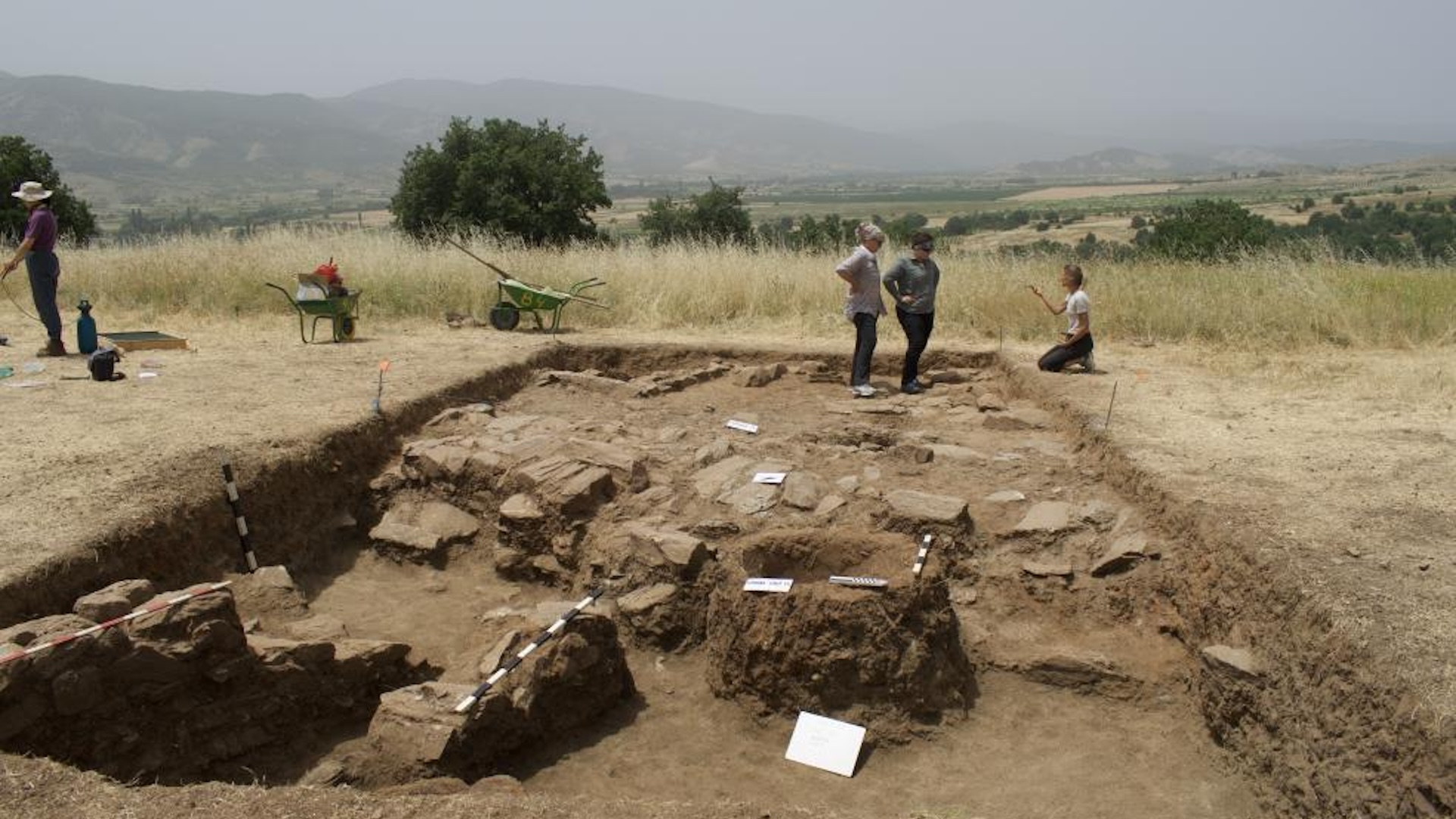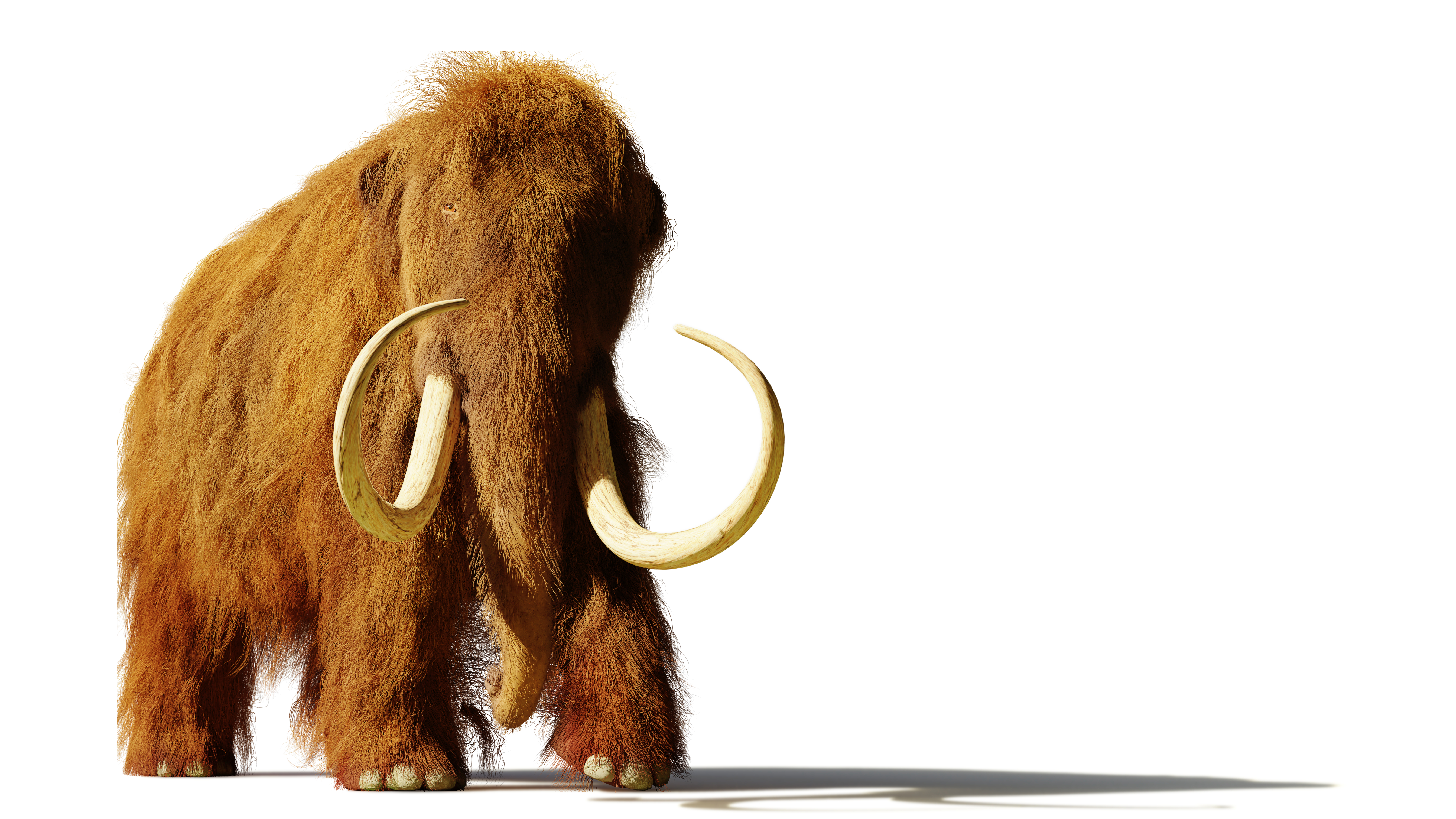Strange altar found at Tikal wasn't made by the Maya — and it has at least 4 people buried inside it
A recently unearthed altar in Tikal holds the burial of a child and adult, but it wasn't built by the Maya. Instead, it appears foreigners from Teotihuacan built it.
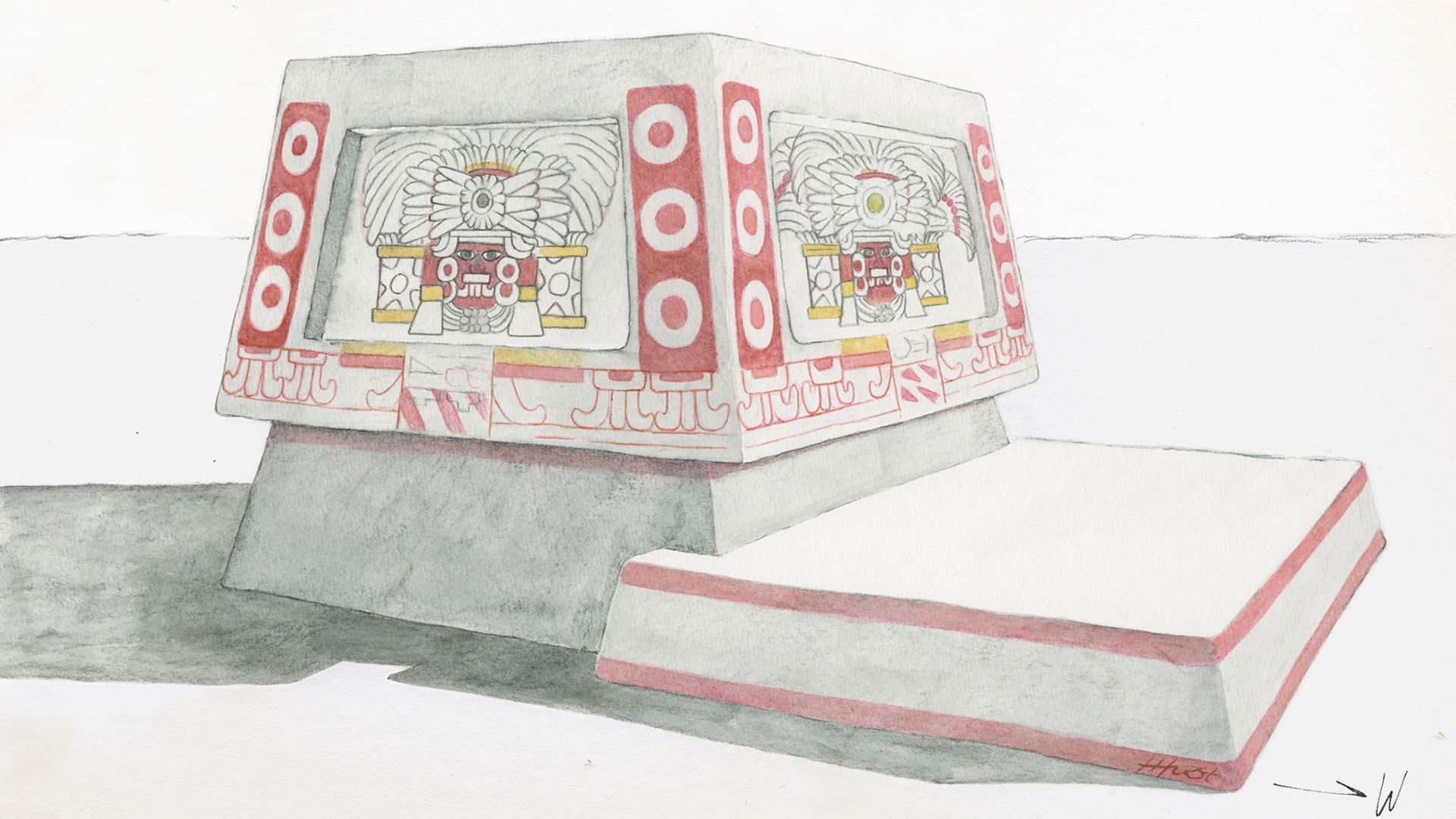
Archaeologists in Guatemala have discovered an altar that holds the burial of a child and adult in the Maya city of Tikal, a finding that could help researchers discern the nature of the city's relationship with one of its neighbors.
The altar was likely painted not by a Maya artist, but by an artisan from Teotihuacan, an ancient megalopolis located more than 600 miles (965 kilometers) away, outside present-day Mexico City. The altar suggests an active Teotihuacan presence in Tikal during a time of conflict between the two cities, researchers reported Tuesday (April 8) in the journal Antiquity.
"It's increasingly clear that this was an extraordinary period of turbulence at Tikal," study coauthor Stephen Houston, an expert on Maya civilization at Brown University, said in a statement. "What the altar confirms is that wealthy leaders from Teotihuacan came to Tikal and created replicas of ritual facilities that would have existed in their home city. It shows Teotihuacan left a heavy imprint there."
Tikal flourished between 600 B.C. and A.D. 900. The city began interacting with Teotihuacan around A.D. 300, but the relationship quickly turned contentious. In the 1960s, researchers uncovered a stone carving from A.D. 378 that described the probable conquest of Tikal by Teotihuacan. Other ruins near the city suggest an extended period of conflict between the two in the following centuries.
Related: Copy of famous Teotihuacan structure discovered in Maya city
Researchers uncovered the altar, which dates to the fifth century A.D., through a series of excavations beginning in 2019. It was discovered inside a Teotihuacan-style house, suggesting that Teotihuacan elites maintained a presence in Tikal during this period.
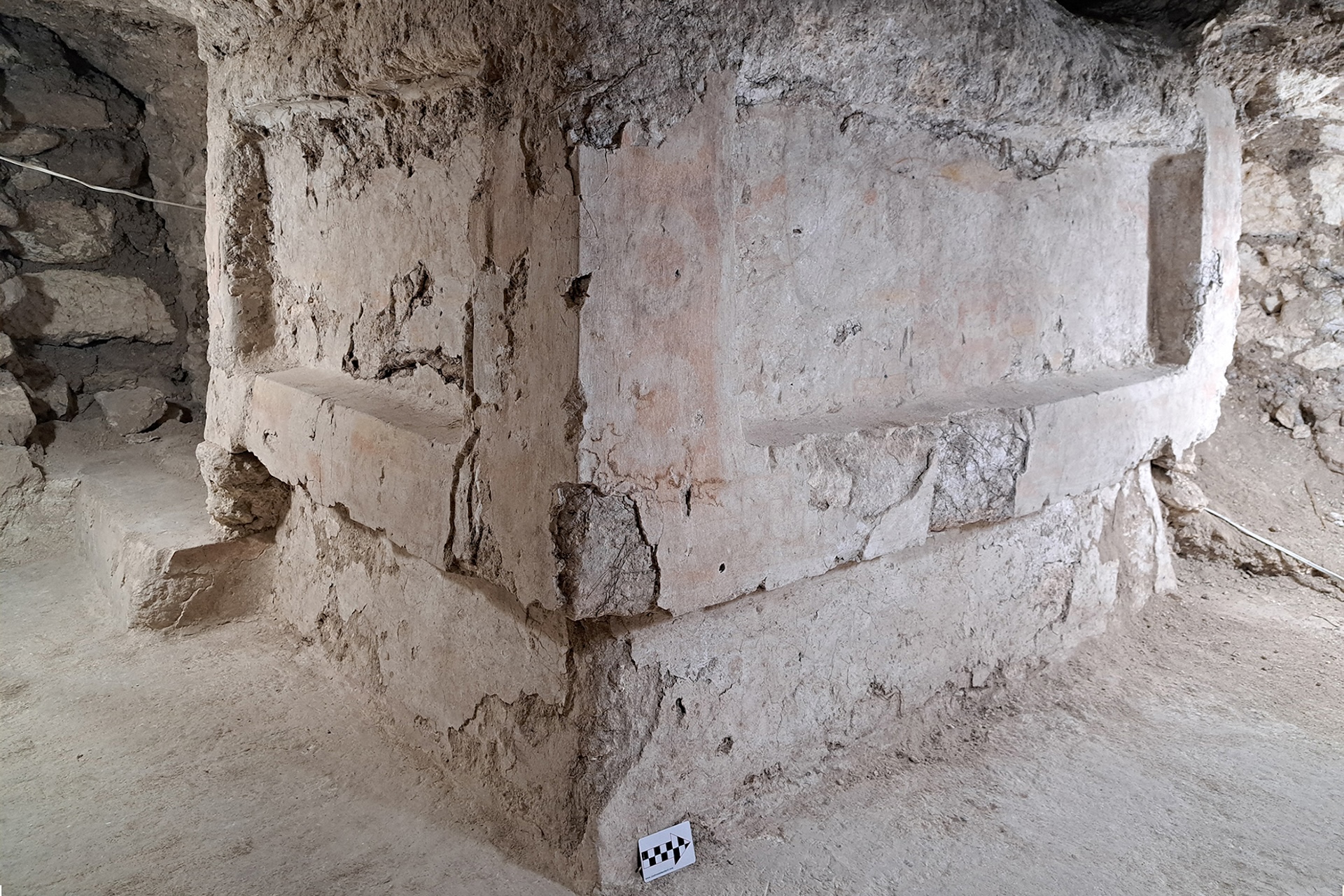
The buried altar was built around the late 300s A.D.
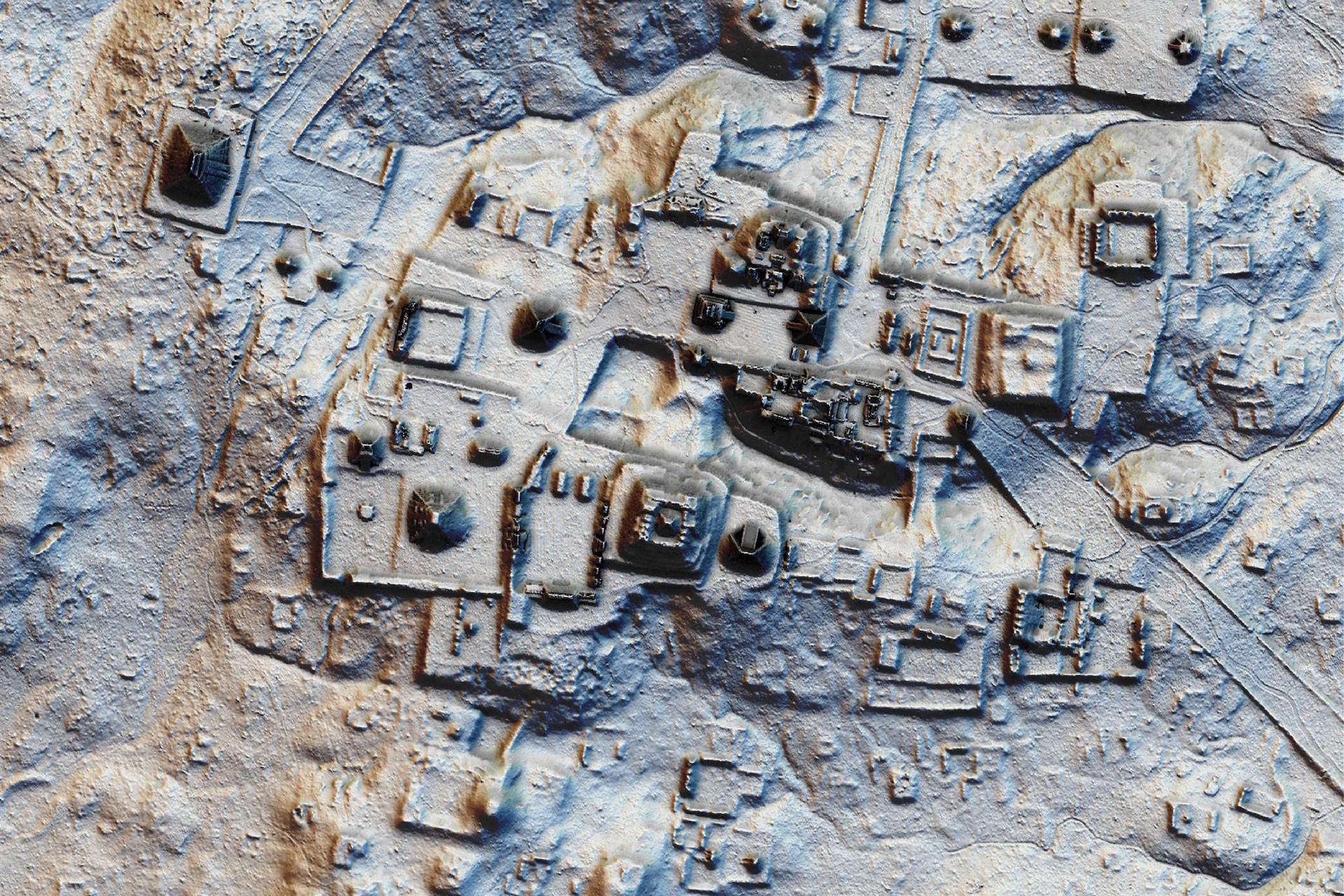
A map made with lidar (light detection and ranging) technology reveals the centuries-old infrastructure of Tikal.
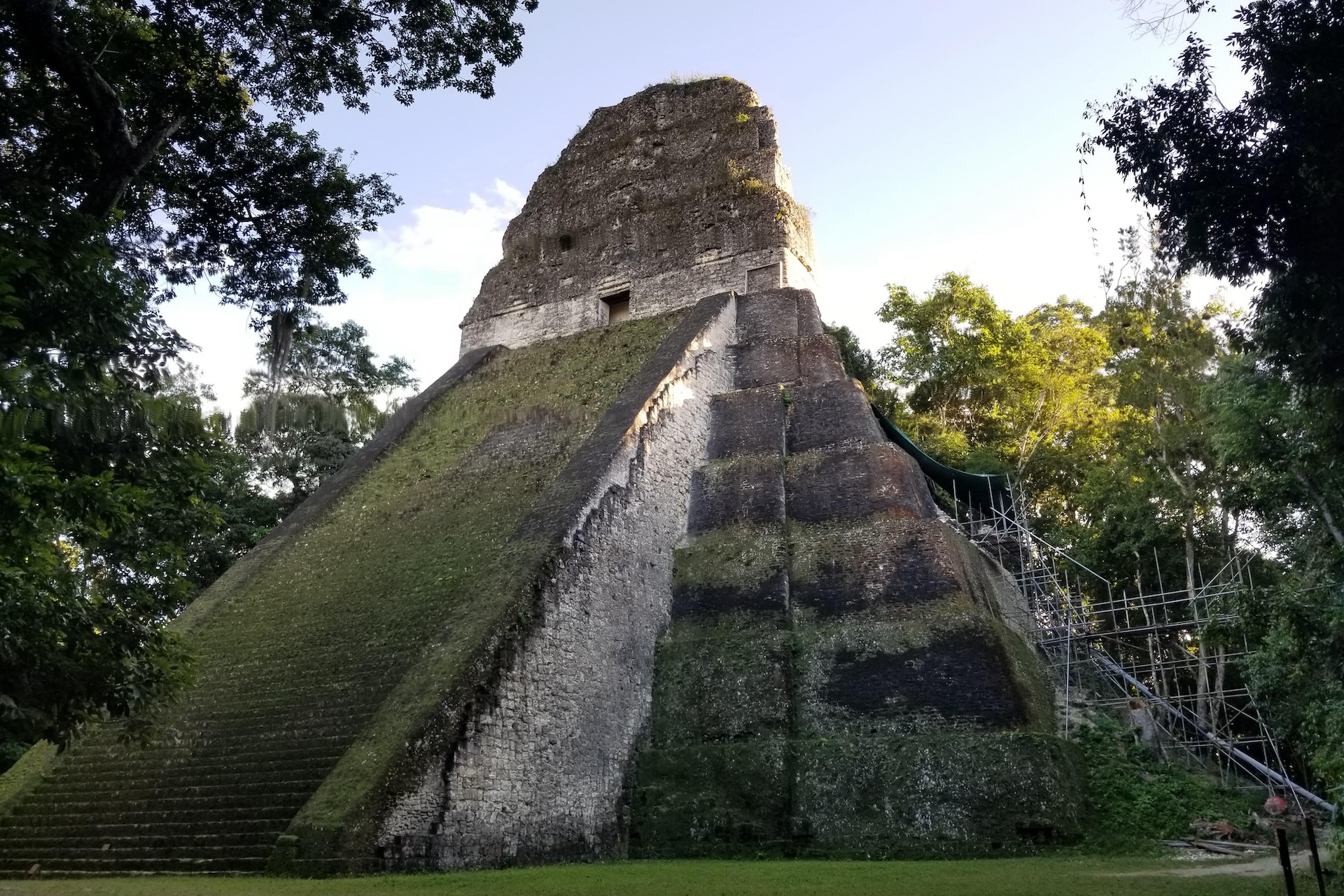
Archaeologists discovered the burial altar in a building complex just outside the center of Tikal, a historic place known for its striking limestone temples.
Its four decorative panels each depict a figure wearing a nose-bar and a headdress, resembling a deity known as the "Storm God" in central Mexico during that time. The images, rendered in red, orange, yellow and black, closely match techniques seen in Teotihuacan murals.
Sign up for the Live Science daily newsletter now
Get the world’s most fascinating discoveries delivered straight to your inbox.
Archaeologists also found multiple human remains within the altar, including a child buried in a seated position and an adult buried alongside a dart point made of green obsidian — both traditions that are distinct to Teotihuacan.
The altar and the surrounding area were intentionally buried between A.D. 550 and 645, around the time of Teotihuacan's decline, and made to look like a natural hill. That could hint at the nature of Tikal's relationship with Teotihuacan, according to study co-author Andrew Scherer, an archaeologist and anthropologist at Brown.
"The Maya regularly buried buildings and rebuilt on top of them," Scherer said in the statement. "But here, they buried the altar and surrounding buildings and just left them, even though this would have been prime real estate centuries later. They treated it almost like a memorial or a radioactive zone. It probably speaks to the complicated feelings they had about Teotihuacan."

Skyler Ware is a freelance science journalist covering chemistry, biology, paleontology and Earth science. She was a 2023 AAAS Mass Media Science and Engineering Fellow at Science News. Her work has also appeared in Science News Explores, ZME Science and Chembites, among others. Skyler has a Ph.D. in chemistry from Caltech.
You must confirm your public display name before commenting
Please logout and then login again, you will then be prompted to enter your display name.
